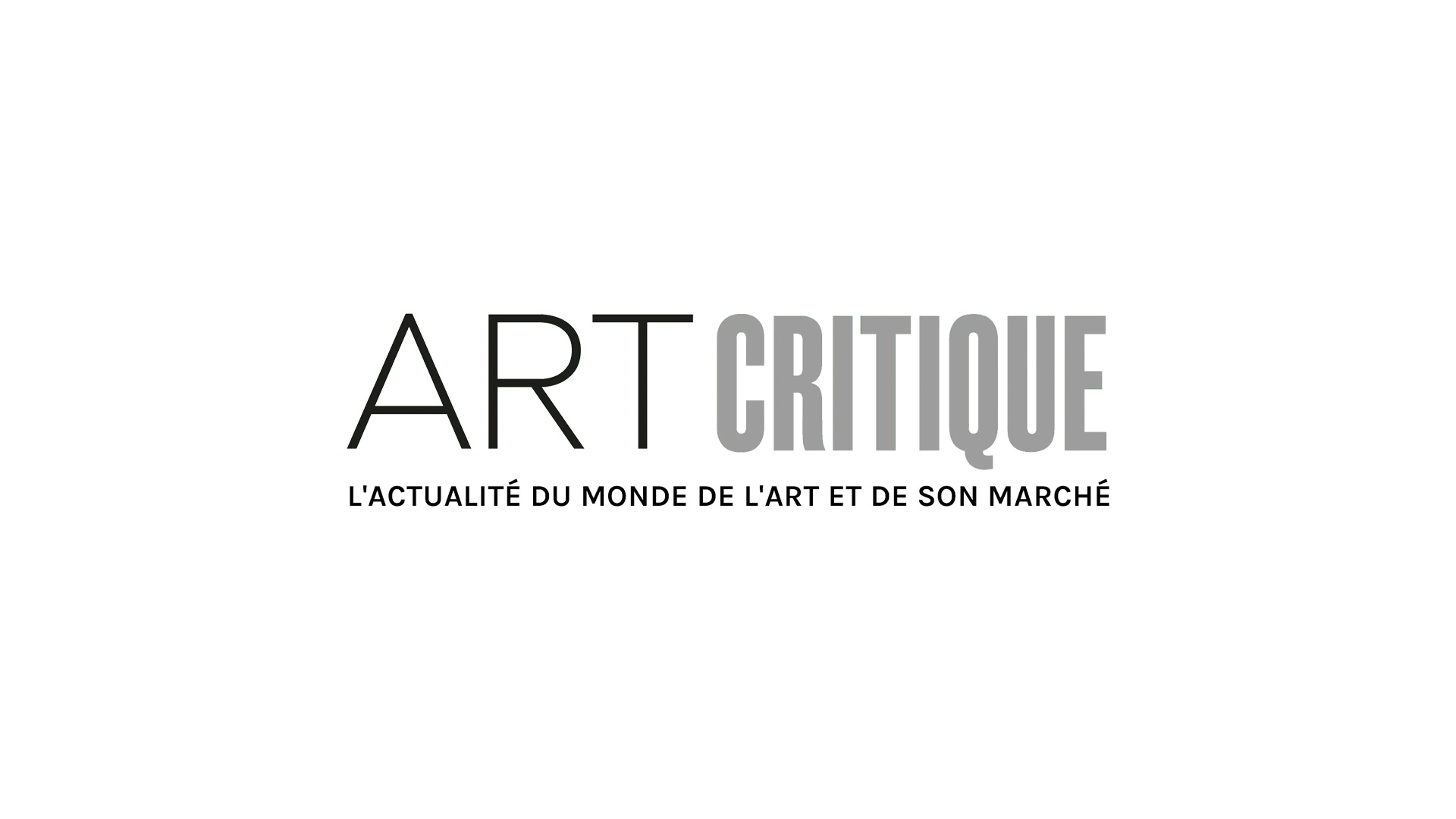On June 9th, 2019, the rusted husk of a 7mm Lefaucheux revolver will go up for auction. This weathered skeleton sat untouched and unseen in a field in the French village of Auvers-sur-Oise for approximately seven decades, from the 1890s to the 1960s, only being plucked from its home in the soil when a farmer stumbled upon it in his work. This farmer made his way into town to what was once known as the Ravoux Inn, where he passed off the corroded revolver to the family then running the establishment, who are now auctioning off the weapon. This lonesome firearm is understood to be the one with which Vincent Van Gogh ended his life.
It was late in the evening when the man behind the ethereal beauty of The Starry Night, was discovered at his room in the Ravoux Inn, reportedly stating “I have tried to kill myself”. It was no secret that Van Gogh suffered from mental health issues; the glorious vibrance of his blue skies and yellow foliage belie the pain his life seemed to bring him. As his undefined afflictions grew in severity and he continued to struggle both socially and in his artistic career, the troubled painter’s decline surfaced most acutely in the notorious incident of slicing off his own ear. It was after this that the artist was put into the care of Dr. Félix Rey, with both periodic hospitalization and perseverance in his painting continuing until his death in 1890.

As so much time passed from his death to the revolver’s discovery, it of course can not be 100% proven that this was the weapon used to end the painter’s life. Scepticism on a purported murder weapon surfacing half a century later is natural, but several pieces of evidence do point to this weapon being the genuine article: the location matches up with Van Gogh’s general location at the time, the gauge of the gun matches with the reports regarding the painter’s wounds, and the weapon was analyzed to have been from the 1890s. While in recent years there has been a theory put forth- most publicly via the 2018 biopic At Eternity’s Gate– that Van Gogh had not committed suicide but instead was shot by a teenager, multiple experts on the painter refute this claim. Despite the inability to ever assert unshakeably that this revolver was indeed what killed Van Gogh and that it was by his own hand, the evidence of his wounds and the circumstances surrounding the gun point quite strongly to that conclusion.
There is a bleakness to the reality that many artists are valued more in death than in life; that what they offered the world was not truly cherished until it became preciously finite. It is hard to think of what the man who sold only one painting in his lifetime would think of the €40-60,000 predicted price tag on his suicide weapon. While many a person would jump at the chance to be one of Van Gogh’s posthumous patrons, the acquisition of the gun he chose to end his suffering with seems to be an entirely different desire. But perhaps not. Perhaps it’s not dissimilar to the purchasing or beholding of one of his heartfelt works- especially with the understanding of the emotional turmoil that swam through him- where one can sense the will of a troubled man in his journey to find and create beauty despite all his sorrow. Perhaps the prospective buyer wishes nothing more than to feel a closeness and an understanding of that intangible wonder: the will of Van Gogh.





